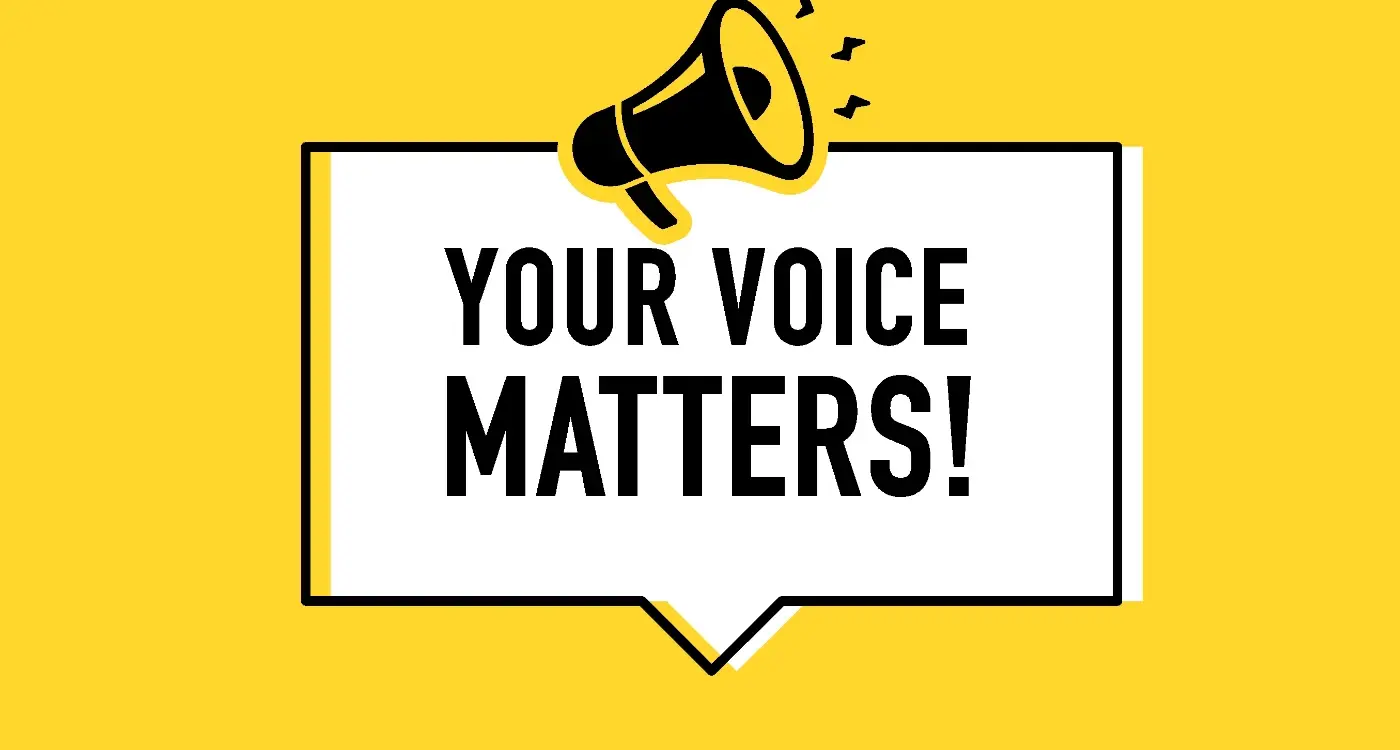How Do I Measure the Success of My App's Onboarding Process?
You've just launched your mobile app and the downloads are looking promising. Users are installing it left and right, but then something strange happens—they disappear. Within days, maybe even hours, they've deleted your app or simply stopped using it altogether. Sound familiar? This is one of the most frustrating problems app developers face, and it usually comes down to one thing: a broken onboarding process.
The onboarding process is those first few minutes when someone opens your app for the very first time. It's your chance to show them what your app does and why they should stick around. Get it right, and you've got a loyal user; get it wrong, and they're gone forever. The tricky part? Most developers don't know how to tell if their onboarding is working or failing miserably.
The difference between a successful app and a failed one often comes down to what happens in the first 30 seconds after download
That's where success measurement comes in. You need to understand what's happening during those critical first moments—where users are getting confused, where they're dropping off, and what's actually working well. Without proper user analytics, you're basically flying blind. This guide will walk you through the exact steps we use at Glance to measure onboarding success for our clients' mobile apps. We'll cover everything from setting up the right tracking systems to interpreting the data and making improvements that actually matter. No guesswork, no assumptions—just clear, actionable insights that help you keep users engaged from day one.
What Makes a Good First Impression in Your App
Your app gets about ten seconds to prove itself before users decide whether to stick around or delete it. That's not a lot of time, is it? Those precious few moments when someone opens your app for the first time can make or break your entire project—and trust me, I've seen plenty of brilliant apps fail simply because they couldn't nail this bit.
The secret isn't about cramming everything you can into those first screens. It's quite the opposite actually. People want to understand what your app does and how it helps them, without feeling overwhelmed or confused. Think about it: when you download a new app, you probably have a specific problem you're trying to solve or a task you want to complete. Your job is to get them there as quickly as possible.
Show Value Before Asking for Anything
Here's where most apps get it wrong—they ask users to create accounts, enable notifications, and share their location before showing any real value. Would you give your phone number to someone you just met? Probably not. Let people experience what makes your app special first; then they'll be much more willing to sign up or grant permissions.
Keep It Simple and Clear
Your onboarding should feel like a conversation, not a lecture. Use simple language that anyone can understand, avoid industry jargon, and focus on benefits rather than features. Instead of saying "utilise our advanced algorithm," try "we'll find the perfect match for you." People don't care how clever your technology is—they care about what it does for them.
Most successful apps show their core functionality within the first minute of use. Everything else can wait.
Setting Up the Right Numbers to Track
Right, let's talk numbers. I know what you're thinking—maths wasn't exactly your favourite subject at school, was it? Don't worry, tracking your mobile app's onboarding success doesn't require a PhD in statistics. You just need to focus on the right metrics that actually tell you something useful about how people are getting on with your app.
The biggest mistake I see clients make is tracking everything under the sun. They get overwhelmed with data and can't see the wood for the trees. Instead, pick a handful of key metrics that directly relate to your onboarding goals. Start with completion rate—how many people actually finish your onboarding process? This is your baseline metric. If only 30% of users complete onboarding, you've got work to do.
The Must-Track Metrics
Here are the numbers that matter most for user analytics and success measurement:
- Completion rate (percentage who finish onboarding)
- Drop-off points (where people give up)
- Time to complete (how long the whole process takes)
- Return rate (users coming back after 24 hours)
- Feature adoption (which onboarding features people actually use)
Set up your tracking before you launch. Trying to add analytics afterwards is like trying to put seatbelts in a car that's already driving down the motorway—messy and dangerous.
Don't get fancy with your tracking tools straight away. Most mobile app development projects benefit from simple, reliable analytics platforms that give you clean data without breaking the bank. You can always upgrade later when you know what you're looking for.
Understanding How Users Move Through Your App
Once you've set up your tracking numbers, the real detective work begins. You need to understand exactly how people move through your onboarding process—where they go, where they get stuck, and where they decide to give up entirely.
Think of your onboarding like a series of doors that users need to walk through. Each step is a door, and some doors are harder to open than others. Your job is to figure out which doors are causing problems and why people are turning around before they reach the end.
Mapping Out the Journey
Start by writing down every single step in your onboarding process. I mean everything—from the moment someone opens your app to when they complete their first meaningful action. Don't skip the small stuff like loading screens or permission requests; these can be bigger barriers than you think.
Most apps lose users at predictable points. The welcome screen where people need to create an account is a big one. Permission requests can be tricky too—ask for camera access too early and people panic. Tutorial screens that go on forever? Users will bail faster than you can say "swipe left to continue".
The Drop-Off Points That Matter
Look at your funnel data and identify where the biggest drops happen. If 80% of users make it past screen one but only 20% get past screen two, you've found your problem area. But don't just look at the numbers—try to understand why that particular step is causing issues. Is it asking for too much information? Is it confusing? Does it feel like too much work for what they're getting in return?
Finding Out What Users Really Think
Numbers tell you what happened, but they don't tell you why it happened. That's where talking to actual users comes in—and it's probably the most eye-opening part of measuring your mobile app's onboarding success. You can have perfect user analytics showing people dropping off at step three, but without speaking to users, you're just guessing at the reasons.
The simplest way to get feedback is asking for it directly through your app. Pop up a quick survey after someone completes onboarding or exits early. Keep it short though—two or three questions maximum. People won't fill out a lengthy form when they're already frustrated. You want to know things like: was anything confusing? What made you want to stop? What would have helped you continue?
Getting Honest Feedback
App store reviews can be goldmines for onboarding insights, but you need to read between the lines. When someone writes "this app is too complicated" or "I don't get it", that's usually an onboarding problem rather than a product problem. The same goes for comments about the app being "slow to get started" or "not intuitive".
The biggest mistake we see is when teams dismiss negative feedback as users being difficult, when actually they're highlighting real onboarding barriers that affect thousands of other users who just quit silently
Don't forget about the users who never make it past your first screen—they can't leave reviews or fill out surveys. That's where success measurement becomes tricky. Sometimes you need to get creative with exit surveys or even reach out through social media to understand what's stopping people from engaging with your onboarding flow in the first place. If you're struggling with getting users to provide feedback at all, there are proven strategies to encourage more engagement.
Spotting Problems Before They Become Big Issues
The worst thing that can happen with your app's onboarding isn't users leaving—it's users leaving and you not knowing why. I've worked on plenty of apps where problems were festering for months before anyone noticed, and by then the damage was already done.
Setting up alerts is your first line of defence. Most analytics tools let you create notifications when key metrics drop below certain thresholds. If your completion rate normally sits at 60% and suddenly drops to 45%, you want to know about it immediately—not three weeks later when you're reviewing monthly reports.
Watch for the Warning Signs
There are patterns that consistently signal trouble ahead. Users spending way longer than usual on a single screen often means something's confusing them. A sudden spike in people abandoning at step three of your signup process? That's not random—something's broken or unclear.
Geographic patterns can be telling too. If users from certain countries are struggling more than others, it might be a localisation issue or a technical problem with specific devices or network conditions. Proactive testing and quality assurance can help catch these issues before they impact your onboarding metrics.
Creating Your Early Warning System
Weekly check-ins work better than monthly deep dives for catching problems early. Set aside time each week to look at your key numbers and compare them to previous weeks. Big changes rarely happen overnight, but small shifts can indicate bigger problems brewing.
User feedback is equally important—even the complaints. If three people mention the same confusing button in a week, that's not coincidence. That's data telling you exactly where to look first. When you notice multiple users reporting similar issues, it's crucial to prioritise these fixes in your development roadmap.
Using Your Findings to Make Things Better
Right, you've gathered all your data from user analytics and feedback—now what? This is where many mobile app developers get stuck. They have spreadsheets full of numbers but aren't quite sure how to turn those insights into actual improvements.
Start with your biggest problems first. If your completion rate is sitting at 30% when it should be closer to 70%, that's your priority. Don't get distracted by smaller issues until you've tackled the major blockers. Look at where most users are dropping off and work backwards from there.
Making Smart Changes
When you're planning improvements, think about the effort versus impact. Some fixes are quick wins—maybe you just need clearer button labels or shorter forms. Others might require rebuilding entire screens. Here's how to prioritise your improvements:
- High impact, low effort changes (do these immediately)
- High impact, high effort changes (plan these for your next major update)
- Low impact, low effort changes (fit these in when you have spare time)
- Low impact, high effort changes (probably skip these entirely)
Testing Your Improvements
Don't just make changes and hope for the best. Set up A/B tests where possible, or at least compare your success measurement metrics before and after each update. User analytics will show you if your changes are working—or if they've made things worse.
Change one thing at a time when testing improvements. If you update three screens simultaneously and see better results, you won't know which change actually worked.
The most successful apps treat onboarding improvements as an ongoing process, not a one-time fix. Keep measuring, keep testing, and keep refining based on what your users are telling you through their behaviour. Proper user acceptance testing can validate your improvements before rolling them out to your entire user base.
Conclusion
Measuring your app's onboarding success isn't something you do once and forget about—it's an ongoing process that needs constant attention. The metrics we've covered throughout this guide work best when you use them together, not in isolation. Your completion rates might look brilliant, but if users are dropping off after day seven, you've got work to do.
What I've learned over the years is that the most successful apps treat onboarding like a living, breathing part of their product. They're always testing new approaches, listening to user feedback, and making small improvements that add up to big changes over time. The data tells you what's happening; user feedback tells you why it's happening.
Start with the basics—track your completion rates, time to first value, and user retention. These three metrics alone will give you a solid foundation for understanding how well your onboarding is working. Once you've got those sorted, you can layer on more sophisticated tracking like funnel analysis and cohort studies. If you've already launched your minimum viable product, you might find our guide on measuring success after launching your MVP helpful for understanding broader performance metrics beyond just onboarding.
Don't try to fix everything at once, though. Pick one or two areas that need the most attention and focus your efforts there. Small, incremental changes often work better than massive overhauls—and they're much less risky too. Whether you're working with an in-house team or considering external help, remember that specialist app agencies often bring valuable experience in optimising onboarding flows across different types of mobile applications.
Your onboarding process is often the make-or-break moment for your app. Get it right, and you'll see higher engagement, better retention, and ultimately more success. The tools and techniques are there; now it's time to put them to work.
Share this
Subscribe To Our Learning Centre
You May Also Like
These Related Guides

How Do I Respond To User Feedback Without Sounding Defensive?

How Do I Measure the Success of My Enterprise App?



